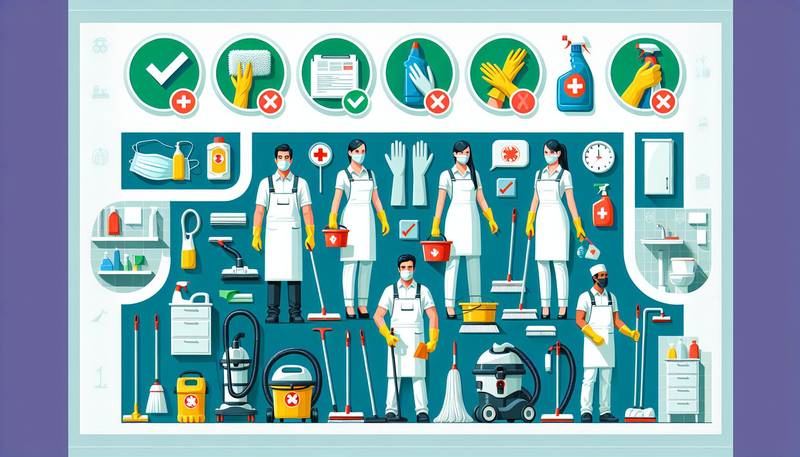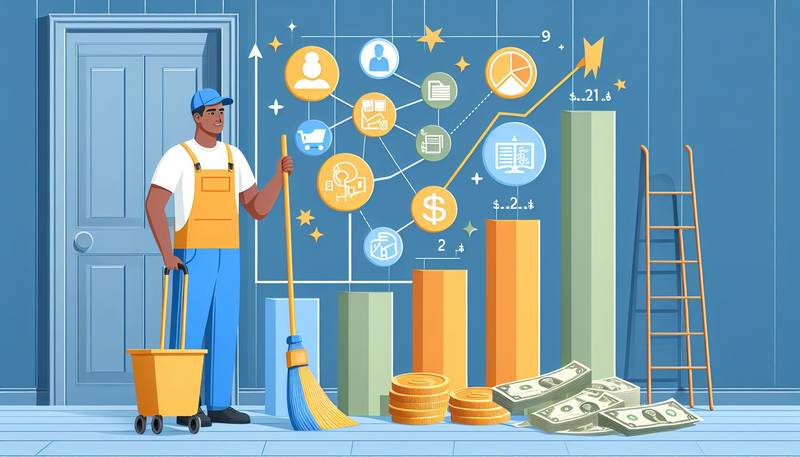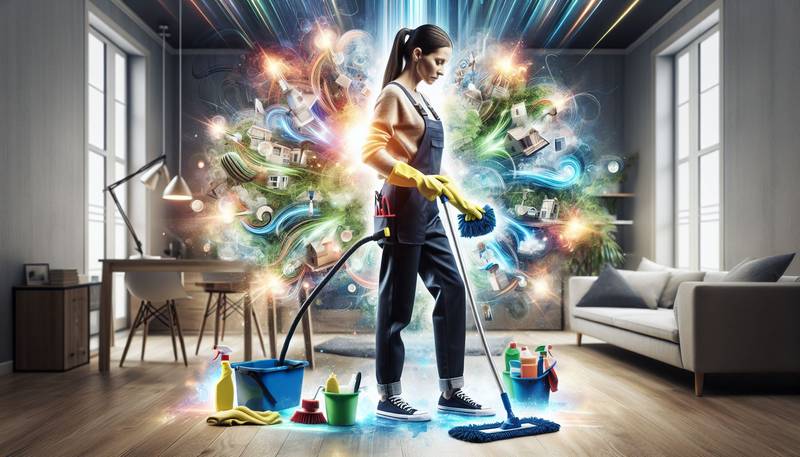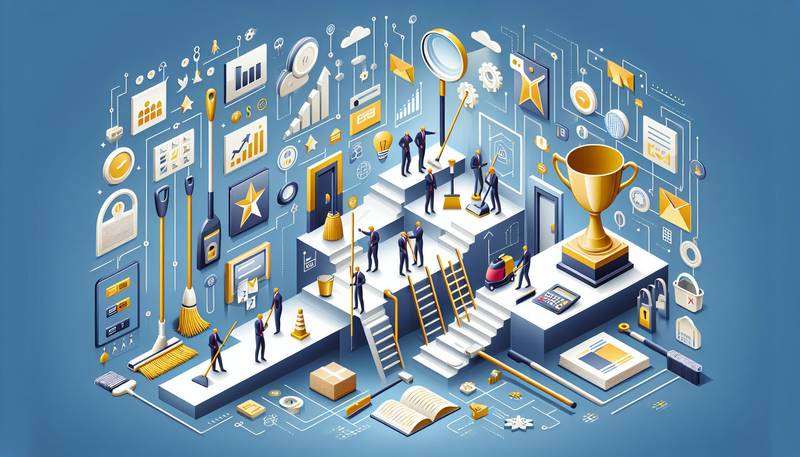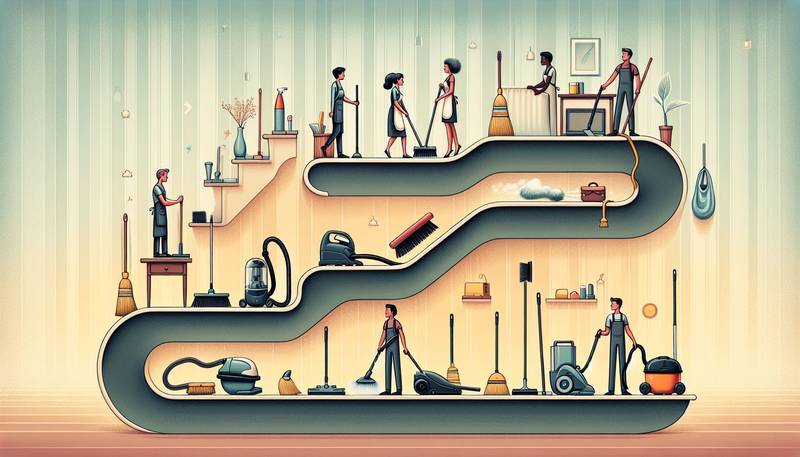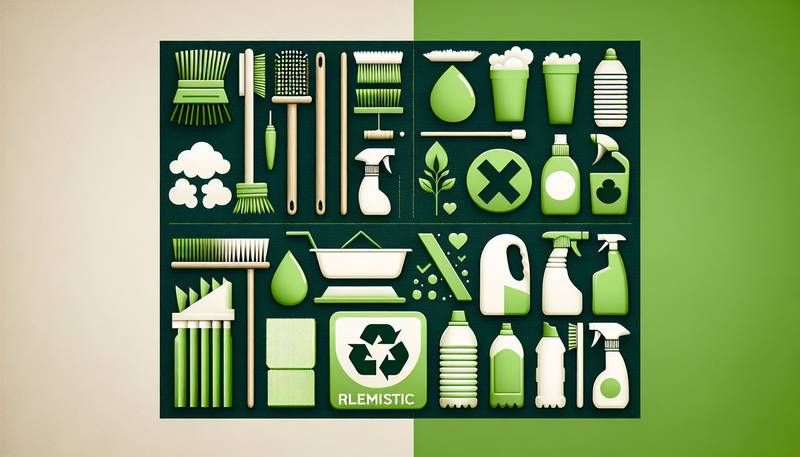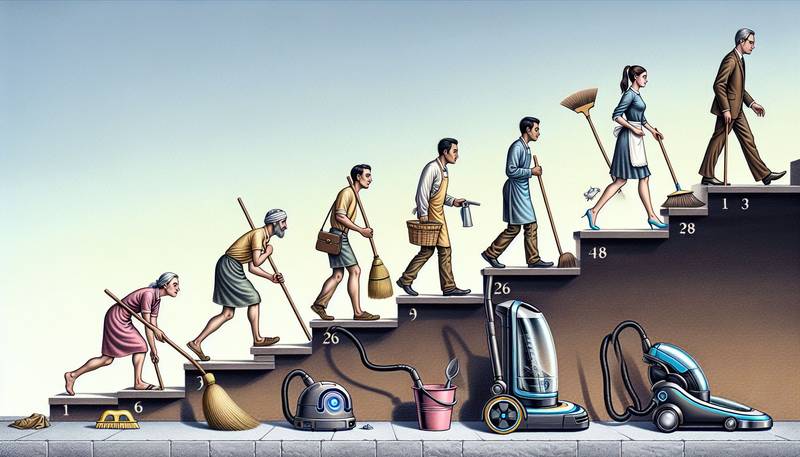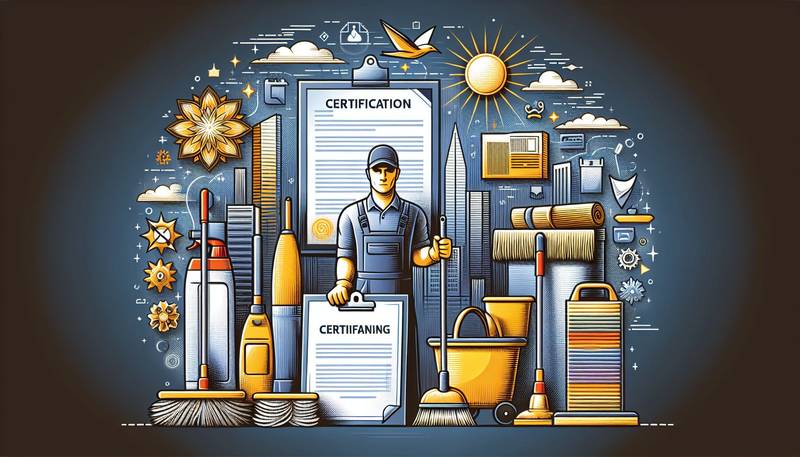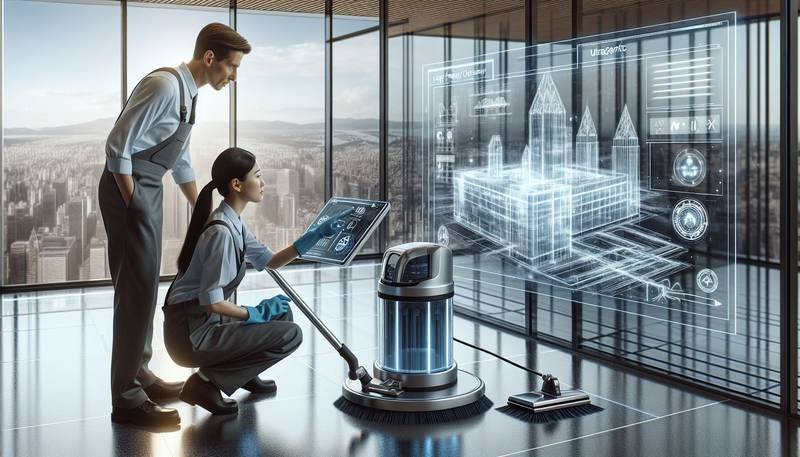Health and Safety in Cleaning Jobs: What You Need to Know
In this article, we will discuss the key health and safety considerations that individuals working in cleaning jobs need to be aware of in order to protect themselves and others.
Understanding the Risks
Cleaning jobs often involve exposure to a variety of hazards, including chemicals, biological agents, and physical risks. Cleaning products such as bleach, disinfectants, and solvents can cause skin irritation, respiratory issues, and other health problems if not used properly. In addition, cleaners may come into contact with mold, bacteria, viruses, and other harmful pathogens that can lead to infections and illnesses. Furthermore, the physical demands of cleaning, such as lifting heavy objects and repetitive motions, can result in musculoskeletal injuries if proper techniques are not followed.
Personal Protective Equipment
One of the most important ways to mitigate the risks associated with cleaning jobs is to use appropriate personal protective equipment (PPE). This may include gloves, masks, goggles, aprons, and other gear designed to protect cleaners from exposure to hazardous substances. It is essential for cleaners to receive training on how to properly use and maintain their PPE to ensure its effectiveness in preventing injuries and illnesses.
Safe Handling of Chemicals
Cleaning products contain chemicals that can be harmful if not handled correctly. Cleaners should always read and follow the manufacturer's instructions for proper use, storage, and disposal of cleaning chemicals. It is crucial to use these products in well-ventilated areas to prevent inhalation of fumes and to avoid mixing different chemicals together, which can produce dangerous reactions. When diluting concentrated cleaners, cleaners should always add chemicals to water, not the other way around, to prevent splashing and potential skin or eye contact.
Preventing Slips, Trips, and Falls
Slips, trips, and falls are common accidents in cleaning jobs due to wet surfaces, cluttered spaces, and improper footwear. Cleaners should always be mindful of potential hazards and take steps to prevent accidents, such as cleaning up spills immediately, securing cords and hoses, and keeping walkways clear of obstacles. The use of non-slip footwear can also help prevent falls on slippery floors. Additionally, using caution signs to alert others of wet floors or recently cleaned areas can reduce the risk of accidents.
Ergonomics and Injury Prevention
The physical demands of cleaning jobs can put cleaners at risk of developing musculoskeletal injuries, such as strains, sprains, and repetitive strain injuries. To prevent these injuries, cleaners should be trained on proper lifting techniques, the use of ergonomic tools and equipment, and the importance of taking regular breaks to rest and stretch. Employers can also help reduce the risk of injuries by providing ergonomic cleaning tools, such as lightweight vacuums, adjustable mop handles, and other equipment that minimizes strain on the body.
Infection Control
In cleaning jobs, there is a constant risk of exposure to infectious agents, including bacteria, viruses, and other pathogens. Cleaners should follow proper infection control practices, such as wearing gloves and other PPE, using effective cleaning and disinfection methods, and properly disposing of contaminated materials. It is essential for cleaners to be trained on the proper handling of biohazardous materials and understand the importance of thorough cleaning and disinfection practices to prevent the spread of infections.
Conclusion
Cleaning jobs play a vital role in maintaining clean and healthy environments, but they also come with inherent risks that need to be managed to protect the health and safety of cleaners. By understanding the potential hazards associated with cleaning jobs and taking proactive measures to prevent injuries and illnesses, cleaners can perform their duties safely and effectively. Employers should prioritize health and safety training, provide proper PPE and equipment, and implement safety protocols to ensure the well-being of their cleaning staff. By working together to address health and safety concerns in cleaning jobs, we can create safer, healthier environments for everyone.
